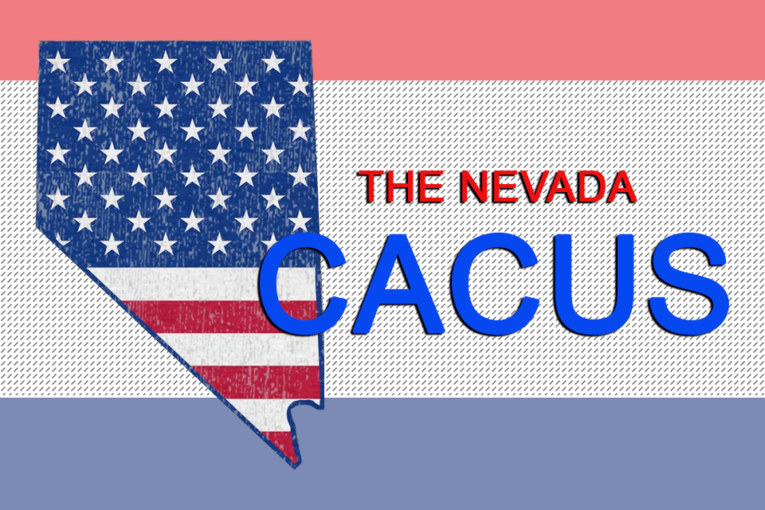

The 2020 Nevada Democratic caucuses will take place in Nevada, United States, on Saturday, February 22, 2020, as the third nominating contest in the Democratic Party presidential primaries for the 2020 election, following the New Hampshire primary the week before. The Nevada caucuses are a closed caucus, with the state awarding 48 delegates, of which 36 are pledged delegates allocated on the basis of the results of the caucuses.
Caucus votes were initially slated to be counted on the Shadow app that caused significant problems during the counting of 2020 Iowa Democratic caucuses. As a result, the caucuses will use Google Forms running on 2,000 iPads to send in results. Some volunteers believe there was a lack of training on the iPads, which could result in malfunctions. Early voting for the caucuses took place from February 15 to 18. In addition to Google Forms, early voters will fill out a paper ballot that allows them to rank candidates according to preference. Early voting ballots will only be counted if voters rank at least three candidates, and will be transmitted to voter’s home precincts to be counted alongside election day votes.
Precinct caucuses will be held starting at 10:00 a.m. local time (PST), with voting starting at noon on February 22. In the closed caucuses, candidates must meet a 15% viability threshold within an individual precinct in order to be considered viable and 15% at the congressional district or statewide level, with supporters of non-viable candidates at precinct caucuses then allowed to support one of the remaining viable candidates. Of the 36 pledged delegates to the 2020 Democratic National Convention, 23 are allocated on the basis of the results of the precinct caucuses, with between 5 and 6 allocated to each of the state’s four congressional districts. The precinct caucuses also elect delegates to county conventions based on the results of the vote in each precinct. Of the remaining 13 pledged delegates, another 5 will be allocated to party leaders and elected officials (PLEO delegates) in addition to 8 at-large pledged delegates, but it is not yet known whether delegates to the national convention will be distributed proportionally based on the popular vote in the caucuses or the number of county delegates.
The county conventions will subsequently be held on April 18, 2020, to choose delegates for the state Democratic convention. On May 30, 2020, the state Democratic convention will meet to vote on the unpledged delegates to send to the Democratic National Convention. The 36 pledged delegates Nevada sends to the national convention will be joined by 12 unpledged PLEO delegates (five members of the Democratic National Committee, five members of Congress, of which two are Senators and three are U.S. Representatives, one governor, and one distinguished party leader). These delegate totals do not account for pledged delegate bonuses or penalties from timing or clustering.
On March 20, 2019, the Nevada Democratic Party released its 2020 delegate selection plan, introducing four days for early voting from February 15 to 18, 2020 and, like the Iowa caucuses, “virtual caucuses” on February 16 and 17 to allow those unable to physically attend to vote in addition to releasing raw vote totals. In both cases, caucusgoers’ ranked presidential preferences will be sent to their precinct and counted on the day of the physical caucus. After county conventions following the previous caucuses left open the risk of a candidate winning a majority of delegates at the state conventions despite trailing among district delegates, all unpledged delegates will now be allocated on the basis of the results of the precinct caucuses on February 22.
In late August 2019, the Democratic National Committee ordered both the Iowa and Nevada Democratic state parties to scrap their plans for “virtual caucuses” because of security concerns.



